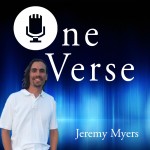 This episode of the One Verse Podcast might be the strangest one yet. We’re going to talking about oceans of bunnies and mountains of spiders, and what both have to do with Genesis 1:11-12.
This episode of the One Verse Podcast might be the strangest one yet. We’re going to talking about oceans of bunnies and mountains of spiders, and what both have to do with Genesis 1:11-12.
If you want to hear something you’ve probably never heard before, listen to the Podcast below!
The Text of Genesis 1:11-12
Genesis 1:11-12. Then God said, “Let the earth bring forth grass, the herb that yields seed, and the fruit tree that yields fruit according to its kind, whose seed is in itself, on the earth”; and it was so. And the earth brought forth grass, the herb that yields seed according to its kind, and the tree that yields fruit, whose seed is in itself according to its kind. And God saw that it was good.

In this discussion of Genesis 1:11-12 we look at:
- Why there are two actions of God on Day 3 of Creation.
- How Day 3 serves as a literary “hinge” between Days 1-3 and Days 4-6.
- Whether there are 1, 2, or 3 types of plants mentioned in Genesis 1:11-12.
- What it means for plants to bear seed “after their kind.”
- Why death is necessary for creation to properly function.
- What the plant cycle before the Fall teaches us about spiritual cycles in our own lives.
Resources:
- Logos Bible Software
- New Theological Categories
- Lennox, Seven Days – Amazon or CBD
- Miller and Soden, In the Beginning – Amazon or CBD
- Sailhamer, EBC: Genesis – Amazon or CBD
- Walton, Lost World of Genesis One, Amazon or CBD
- Walton, Zondervan Illustrated Bible Backgrounds – Amazon or CBD
- Wenham, Genesis – Amazon or CBD
- Subscribe and Leave a Review on iTunes
Downloadable Podcast Resources
Those who are part of my online discipleship group may download the MP3 audio file for this podcast and view the podcast transcript below.
You must join a discipleship group or login to download the MP3 and view the transcript.
Thanks for visiting this page ... but this page is for Discipleship Group members.
If you are already part of a Faith, Hope, or Love Discipleship Group,
Login here.
If you are part of the free "Grace" Discipleship group, you will need to
Upgrade your Membership to one of the paid groups.
If you are not part of any group, you may learn about the various groups and their benefits here:
Join Us Today.

Do you like learning about the Bible online?
Do you like learning about Scripture and theology through my podcast? If so, then you will also love my online courses. They all have MP3 audio downloads, PDF transcripts, quizzes, and a comment section for questions and interaction with other students.
If you want to deepen your relationship with God and better understand Scripture, take one (or all) of these courses. They are great for personal study or for a small group Bible study.
You can see the list of available courses here, and if you join the Discipleship group, you can take all the courses at no additional cost. Go here to learn more and join now.



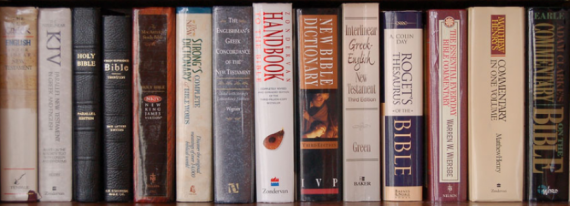
 The sections I most often feel uneasy about after a night’s sleep are the sections where I am trying to manipulate and control people with guilt, fear, or shame. They are the sections that sound judgmental. They are the sections that were included to boost my ego and pride.
The sections I most often feel uneasy about after a night’s sleep are the sections where I am trying to manipulate and control people with guilt, fear, or shame. They are the sections that sound judgmental. They are the sections that were included to boost my ego and pride.


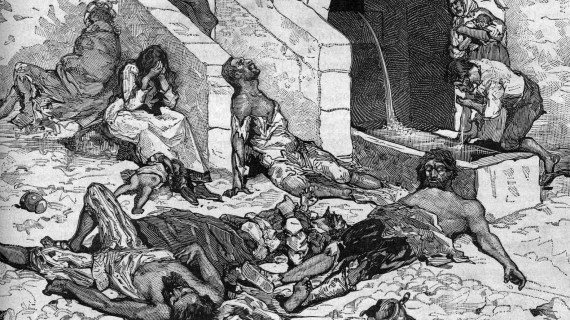
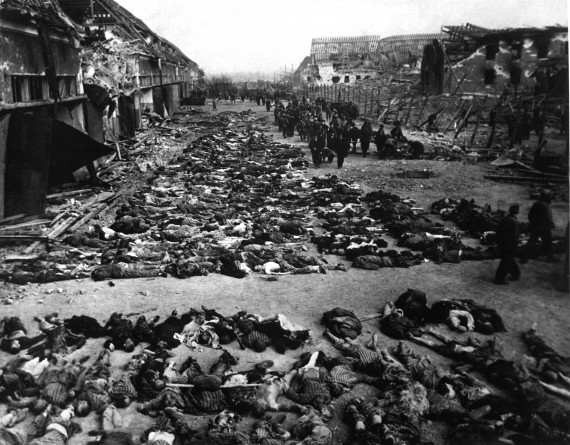
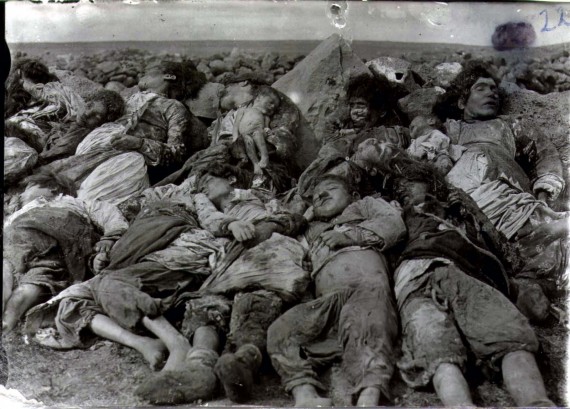
 This is not about the sanctity of God’s Word, but about the sanctity of God’s people … namely, ALL people.
This is not about the sanctity of God’s Word, but about the sanctity of God’s people … namely, ALL people.